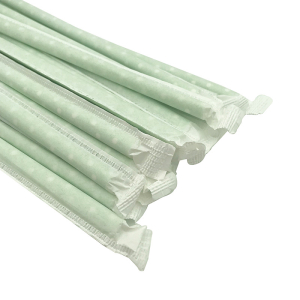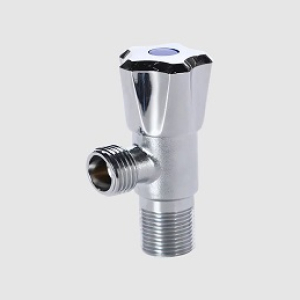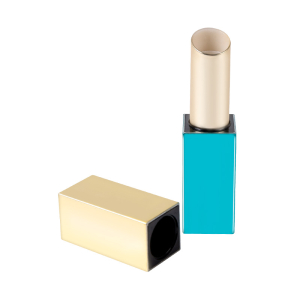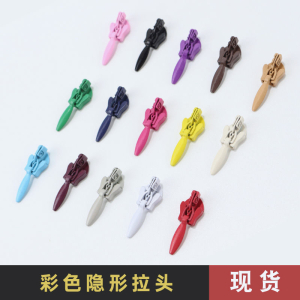Car front bumper molding is a crucial component in the automotive industry, providing a blend of aesthetic appeal, functional protection, and enhanced safety. While its advantages are numerous, there are also certain drawbacks to consider.
One of the most noticeable benefits of car bumper molding is its contribution to the vehicle’s aesthetics. Bumper molding can be designed to match the vehicle’s color and style, creating a seamless look. It can also be used to add contrast or highlight certain features, enhancing the overall visual appeal. The flexibility in design allows manufacturers to cater to diverse consumer preferences, from sleek and sporty to rugged and robust.
Car bumper molding serves as a protective layer, shielding the bumper from minor impacts, scratches, and dents. Everyday driving exposes vehicles to various hazards such as road debris, shopping carts, and tight parking spaces. The molding absorbs and deflects some of these impacts, reducing the likelihood of damage to the bumper itself. This protection helps maintain the vehicle's appearance and can potentially save on repair costs.
Safety is a paramount concern in automotive design, and bumper molding contributes to this by providing an additional buffer in low-speed collisions. The molding can help absorb and dissipate the energy from minor impacts, reducing the force transmitted to the vehicle’s structure and its occupants. This added layer of protection can be particularly beneficial in urban driving environments where fender-benders are more common.






